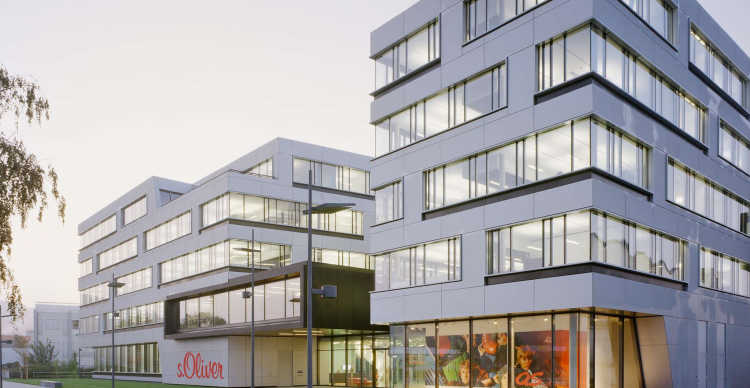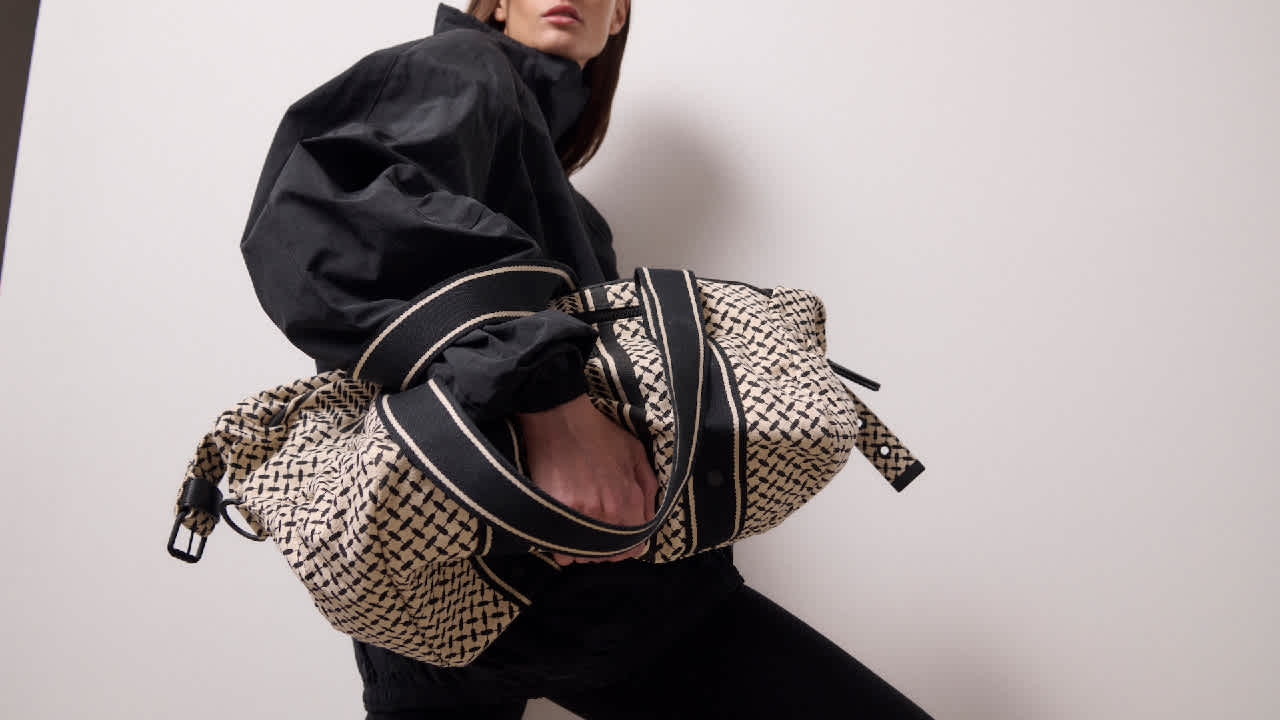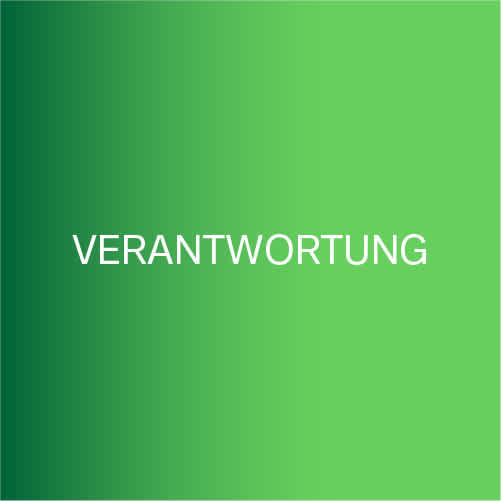Gemeinsam nach vorne

Wir suchen Persönlichkeiten, die Spaß an ihrer Arbeit haben, Teil einer sich schnell verändernden Lifestyle-Welt werden möchten und sich mit ihrer fachlichen Expertise aktiv einbringen wollen. Wir schätzen dabei echten Teamgeist mit Eigenschaften wie Mut, Entscheidungsfreude und Begeisterungsfähigkeit. Finde bei uns den Job, der zu dir passt!
Verantwortung, Vertrauen, Stärke
Unsere Werte sollen die S.OLIVER GROUP quer durch alle Marken, Standorte, Etagen und Bereiche verbinden. Sie geben uns Orientierung für unser Verhalten und unser Handeln. Auf dieser Grundlage arbeiten wir jeden Tag an unserem gemeinsamen Ziel: Eine starke, zuverlässige Organisation zu sein, deren Produkte und deren Wachstum inspirieren und nachhaltig sind.
Verantwortung
Gelebte Verantwortung hat eine lange Tradition in der S.OLIVER GROUP. Mit Initiativen wie der Unterstützung des Special Olympics Deutschland e.V., oder Kleiderspenden für Menschen in Krisensituationen möchten wir Verantwortung für unsere Mitmenschen und unsere Umwelt übernehmen. Auch die Mitarbeitenden sind dazu angehalten, im täglichen Tun Verantwortung für ihr Handeln sowie für Kolleg:innen, Partner:innen und Kund:innen zu übernehmen.

Für die Generationen von morgen
Verantwortung zu übernehmen ist essenzieller Bestandteil unserer Unternehmensphilosophie. Als Familienunternehmen möchten wir im Sinne der Generationen handeln, die nach uns folgen. Daher haben wir uns einem umfangreichen Nachhaltigkeitsprogramm verschrieben.
Wir stehen zu unserer Verantwortung
Im Rahmen des Lieferkettensorgfaltspflichtengesetztes haben wir ein Meldesystem eingerichtet, über das die Menschen in unserer Lieferkette Beschwerden und Hinweise über Missachtungen unserer Standards anonym und vertraulich an uns weiterleiten können. Wir nehmen diese Meldungen auf und gehen diesen konsequent nach.
Verstöße können an complaints@fairwear.org gemeldet werden, oder unter https://soliver-group.hintbox.eu eingereicht werden. Die Verfahrensordnungen der Beschwerdeverfahren auf Deutsch und Englisch können unter Grievance Policy heruntergeladen werden.









